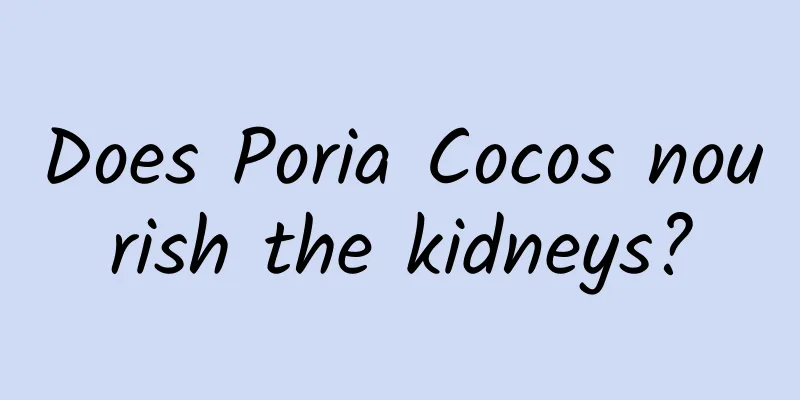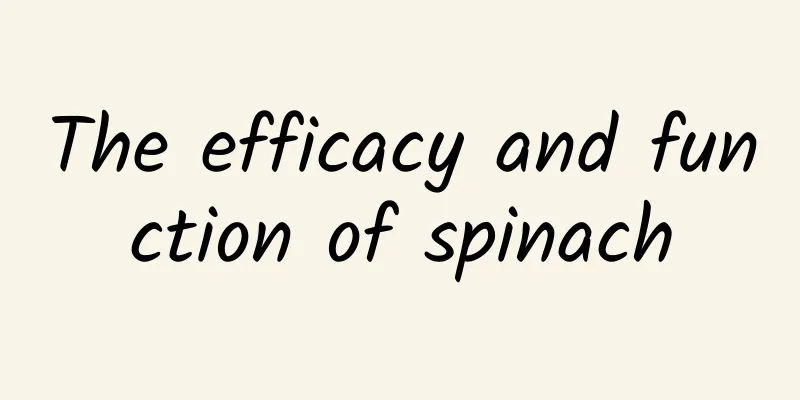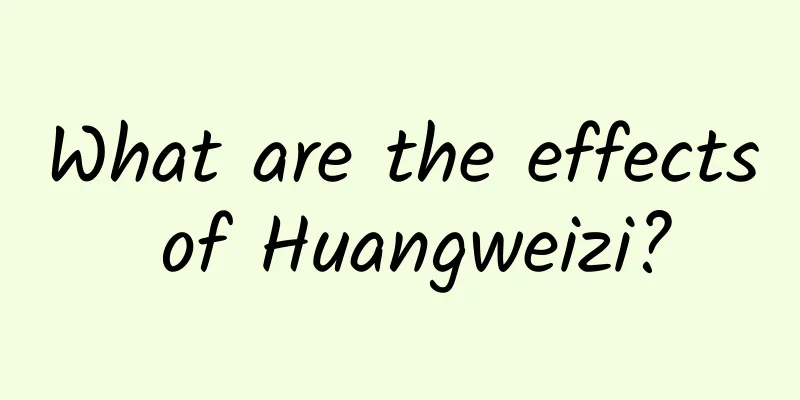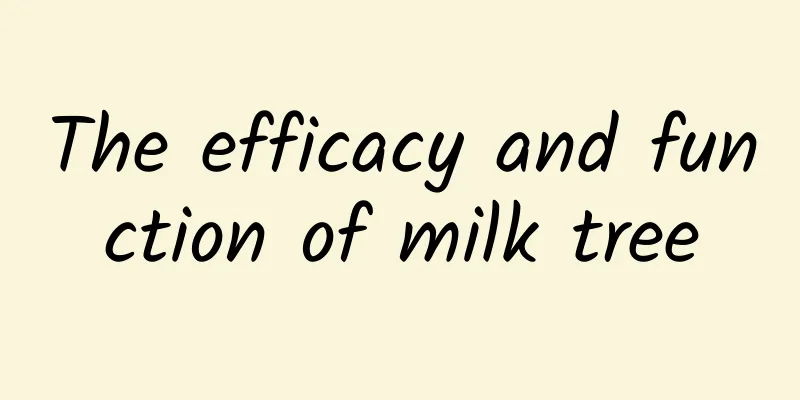Does Poria Cocos nourish the kidneys?

|
Poria cocos is a kind of Chinese medicinal material. For women, everyone knows that Poria cocos has certain whitening effects. So for men, does Poria cocos nourish the kidneys? In fact, Poria cocos has very little effect on nourishing the kidneys. If you have kidney deficiency or kidney deficiency, you can use some Chinese medicine such as ginseng and angelica for conditioning, or even eat some nuts, yam, and seafood to nourish the kidneys. Poria cocos, a traditional Chinese medicine name. It is the dried sclerotium of the Polyporaceae fungus Poria cocos. It is usually dug up from July to September. After digging, the mud and sand are removed, and the plants are piled up to "sweat". Then they are spread out to dry on the surface, and then "sweated" again. This process is repeated several times until wrinkles appear and most of the internal moisture is lost. Then they are dried in the shade and are called "Poria cocos pieces". Or fresh Poria cocos can be cut into different parts and dried in the shade, which are called "Poria cocos blocks" and "Poria cocos slices" respectively. effect It can promote diuresis and eliminate dampness, strengthen the spleen and calm the mind. Related Combinations 1. Leakage of turbid semen: one liang of snow-white salt (take it with Jian Gu Ji, take it for one day to get rid of the fire poison), one liang each of white Poria cocos and yam. Grind into powder, mix with jujube meat and honey and make pills the size of walnuts. Take 30 pills with jujube soup each time. Sweetness can supplement saltiness, which benefits both the spleen and kidneys. (Direct Pointing Prescription) 2. Post-epileptic edema: After a child recovers from epilepsy, the blood and qi become deficient, heat is in the skin, and the body and face become swollen. Take equal parts of radix clematis, sunflower seeds, gentian, poria and peucedanum and grind them into powder. Take one coin each time, decocted in water. (The Record of the Holy Spirit) 3. Leukorrhea due to kidney deficiency: Take equal parts of Cistanche deserticola, deer antler, Chinese yam, and white Poria, grind them into powder, make into pills the size of walnuts with rice paste, take 30 pills each time with jujube soup. Physiological characteristics 1. Poria cocos: spherical, oval, oblate or irregular lumps of varying sizes. The outer skin is thin and rough, brown to dark brown, with obvious wrinkled texture. It is heavy, solid, granular in cross section, some with cracks, light brown on the outside, white on the inside, a few light red, and some with pine roots in the middle. It has a slight odor, light taste, and sticks to teeth when chewed. 2. Poria cocos blocks: Poria cocos that are peeled and cut into cubes or thick square slices of varying sizes. White, reddish or light brown. 3. Poria cocos slices: Poria cocos that is peeled and cut into irregular slices of varying thickness. White, reddish or light brown. |
<<: Drinking Chinese medicine tea to quench thirst
>>: What are the traditional Chinese medicines for kidney tonification?
Recommend
Characteristics of Naqu Cordyceps
Nagqu Cordyceps is also a relatively precious typ...
The efficacy and function of the leaves of Sapium wilfordii
Do you know what the leaves of the single-legged ...
If you want to lower your blood pressure quickly, please go here
Luobu Ma, also known as red hemp, tea flower, red...
What is the difference between sun protection clothing that costs tens of dollars and hundreds of dollars? Don't waste your money after reading this!
Although it is the beginning of autumn, the inten...
There is a kind of cancer that is caused by burning
This is the 3666th article of Da Yi Xiao Hu Eatin...
The two-sided life of a marmot: From the cutest supporting character in "Nezha 2" to a scientific research star in the laboratory
"Nezha 2" created a movie box office my...
Picture of foot bath with mugwort leaves
Mugwort leaves are a common herb in daily life. W...
The efficacy and role of termites
House termite is a traditional Chinese medicinal ...
Prozac is still unsolved: Where is the future of new antidepressant drugs?
In 1954, the first compound with antidepressant e...
You must know the powerful effects of hemp seed!
Hemp seed is a rare Chinese medicinal material an...
This place is much more interesting than Pandora...
Tadpole Jun guessed that the most exciting thing ...
How to identify AI-forged portraits? Look at the eyes!
The painting below is titled "False Mirror&q...
The efficacy and function of glandular flower tea
Traditional Chinese medicine has always been the ...
What does glass that can regulate sunlight look like?
Produced by: Science Popularization China Produce...









